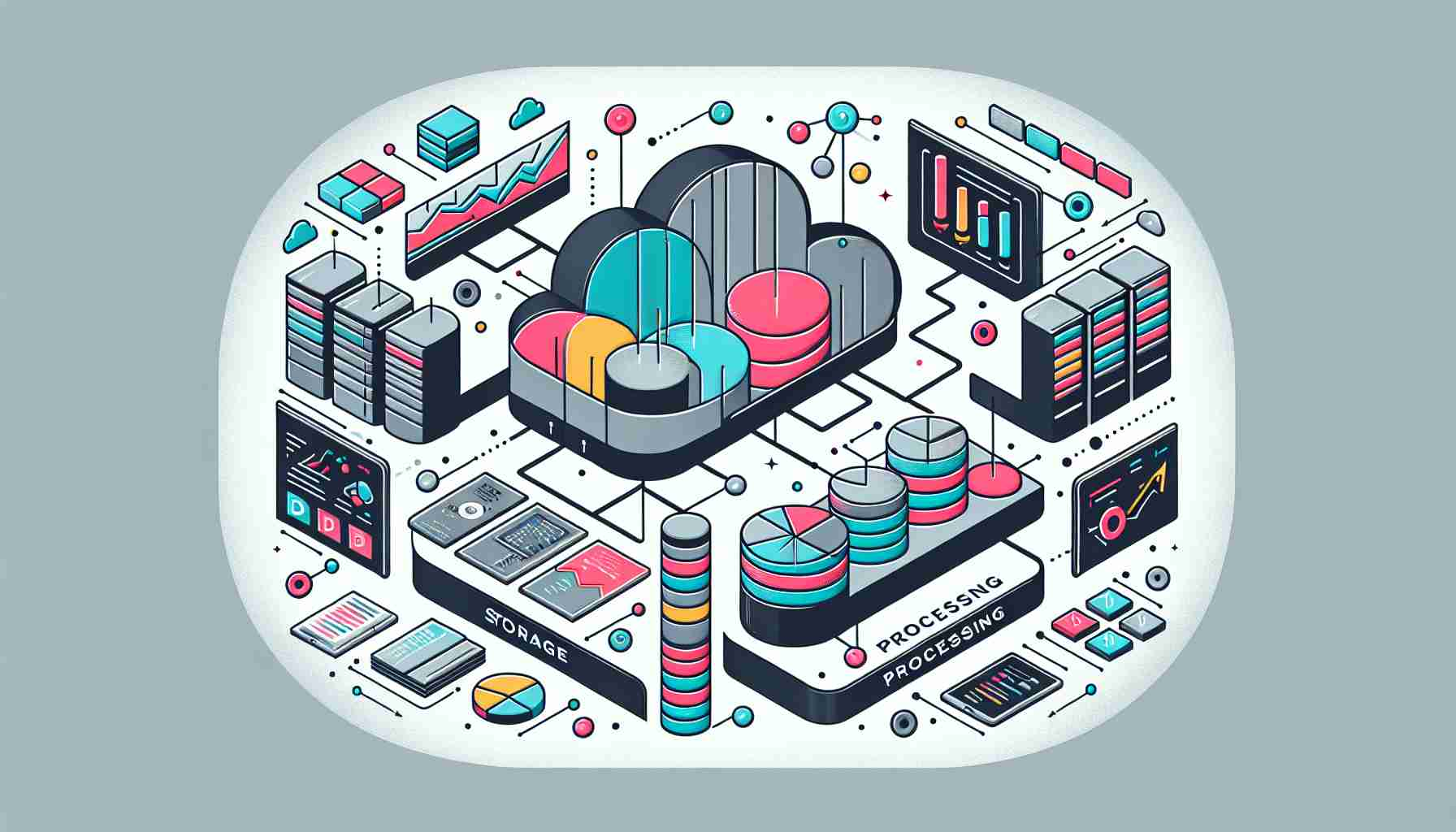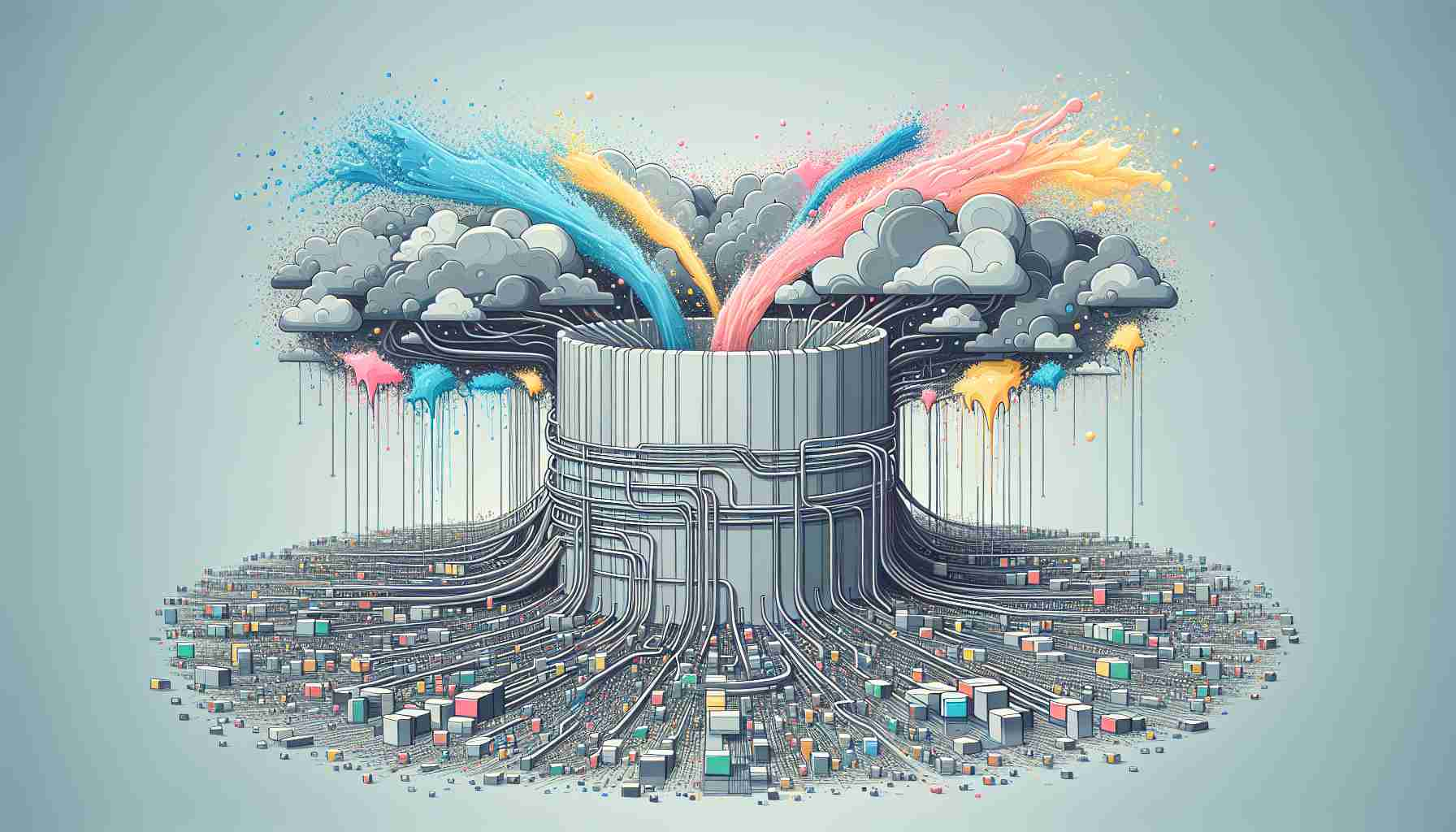Data Lake Architecture

Briefly Summarized
- A data lake is a centralized repository that stores vast amounts of data in various formats, including structured, semi-structured, and unstructured data.
- Data lake architecture typically includes multiple zones for raw, processed, and ready-to-use data, facilitating tasks like reporting, visualization, advanced analytics, and machine learning.
- The architecture can be implemented on-premises or in the cloud, with cloud services from Amazon, Microsoft, Oracle Cloud, or Google being popular choices.
- A data lake uses a flat architecture and object storage to efficiently manage and retrieve large datasets.
- Key components of data lake architecture include ingestion, storage, processing, management, and consumption layers, each serving a distinct purpose in the data lifecycle.
Data lakes have become an essential component in the data management strategies of organizations dealing with large volumes of diverse data. The concept of a data lake architecture is to provide a single repository where data can be stored in its natural format until it is needed. This approach offers flexibility, scalability, and the ability to harness big data for insights that were previously unattainable. In this article, we will delve into the intricacies of data lake architecture, its components, benefits, and best practices.
Introduction to Data Lake Architecture
The term "data lake" was coined to describe a storage repository that can hold a vast amount of raw data in its native format until it is needed. Unlike traditional data warehouses, which store data in a hierarchical structure, data lakes employ a flat architecture. This means that data is stored in object blobs or files with a unique identifier and extended metadata tags, making it easier to locate and retrieve data across the system.
Core Components of Data Lake Architecture
Ingestion Layer
The ingestion layer is responsible for collecting data from various sources, which can include relational databases, IoT devices, social media, and more. This data can be structured, semi-structured, or unstructured and is ingested in batches or in real-time.
Storage Layer
At the heart of a data lake is the storage layer, which is designed to store a massive amount of data in its raw form. This layer uses object storage that is highly scalable and cost-effective. Data lakes can be hosted on-premises or on cloud platforms, with cloud-based solutions offering additional benefits such as elasticity and managed services.
Processing Layer
Once data is stored, the processing layer comes into play. This layer uses various processing engines and frameworks, such as MapReduce, Spark, and Hadoop, to transform and prepare data for analysis. It allows for batch processing as well as real-time stream processing.
Management Layer
The management layer ensures that the data lake remains organized, secure, and compliant with regulations. It includes capabilities for data cataloging, metadata management, security, access control, and auditing.
Consumption Layer
Finally, the consumption layer is where end-users interact with the data. This layer includes tools and applications for data analysis, reporting, data visualization, and machine learning. It allows users to derive insights and make data-driven decisions.
Benefits of Data Lake Architecture
- Scalability: Data lakes are designed to scale horizontally, allowing organizations to store data at any scale.
- Flexibility: They can store any type of data, from any source, in its native format, providing maximum flexibility for data scientists and analysts.
- Cost-Effectiveness: Using object storage and the ability to scale, data lakes can be a cost-effective solution for storing large volumes of data.
- Advanced Analytics: Data lakes support advanced analytics and machine learning, enabling organizations to gain deeper insights from their data.
Best Practices for Data Lake Architecture
- Establish Governance and Security: Implement robust data governance and security measures to protect data and ensure compliance.
- Metadata Management: Maintain detailed metadata to make data discoverable and usable.
- Monitor Data Quality: Continuously monitor the data quality and clean the data lake to prevent it from becoming a "data swamp."
- Implement Tiered Storage: Use tiered storage strategies to optimize costs and performance, storing frequently accessed data on faster, more expensive storage and archiving less frequently accessed data.
- Choose the Right Tools: Select the appropriate tools and technologies that align with the organization's skills and objectives.
Conclusion

Data lake architecture offers a flexible and scalable approach to managing vast volumes of diverse data. By understanding the core components and adhering to best practices, organizations can leverage data lakes to unlock valuable insights and drive innovation.
FAQs on Data Lake Architecture
-
What is a data lake? A data lake is a centralized repository that allows you to store all your structured and unstructured data at any scale.
-
How is data lake architecture different from traditional data warehouses? Unlike traditional data warehouses, which store data in a hierarchical structure, data lakes use a flat architecture and object storage, allowing for more flexibility and scalability.
-
Can data lakes only be implemented in the cloud? No, data lakes can be established on-premises within an organization's data centers or in the cloud using services from vendors such as Amazon, Microsoft, Oracle Cloud, or Google.
-
What types of data can be stored in a data lake? Data lakes can store structured data from relational databases, semi-structured data (CSV, logs, XML, JSON), unstructured data (emails, documents, PDFs), and binary data (images, audio, video).
-
What are the main benefits of using a data lake? The main benefits include scalability, flexibility, cost-effectiveness, and the ability to perform advanced analytics and machine learning.
-
How do you prevent a data lake from becoming a data swamp? To prevent a data lake from becoming a data swamp, it is crucial to implement strong governance, manage metadata effectively, monitor data quality, and clean the data regularly.
Sources
- Data lake
- Data Lake Explained: Architecture and Examples - AltexSoft
- What Is Data Lake Architecture? - MongoDB
- What is a Data Lake? - Introduction to Data Lakes and Analytics - AWS
- What is Data Lake? It's Architecture - Guru99
- Introduction to Data Lakes - Databricks
- Data Lake Architecture: How to Create a Well Designed ... - Lingaro
- Data Lake | Implementations | AWS Solutions - Amazon
- Data Lake Architecture: A Flexible and Scalable Approach to ...
- How to Build Data Lake Architecture - AWS S3 Examples | Upsolver